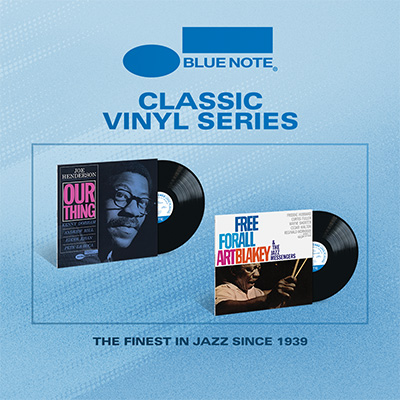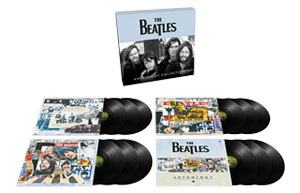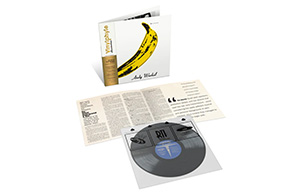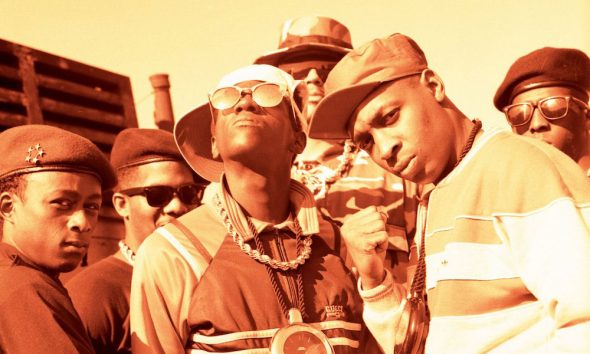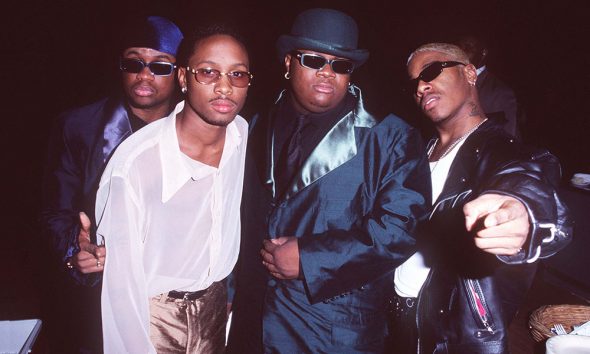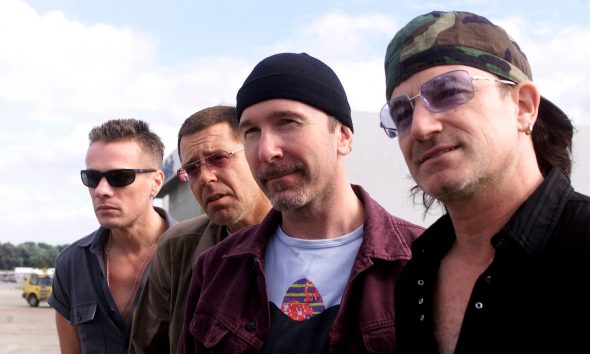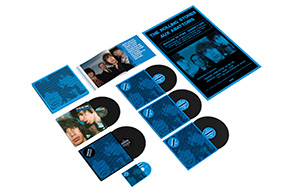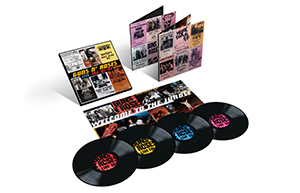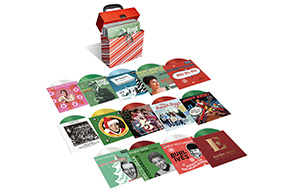John Mayall
John Mayall is a British blues guitarist and founder of John Mayall & the Bluesbreakers, with a prolific career that’s spanned over 50 years.
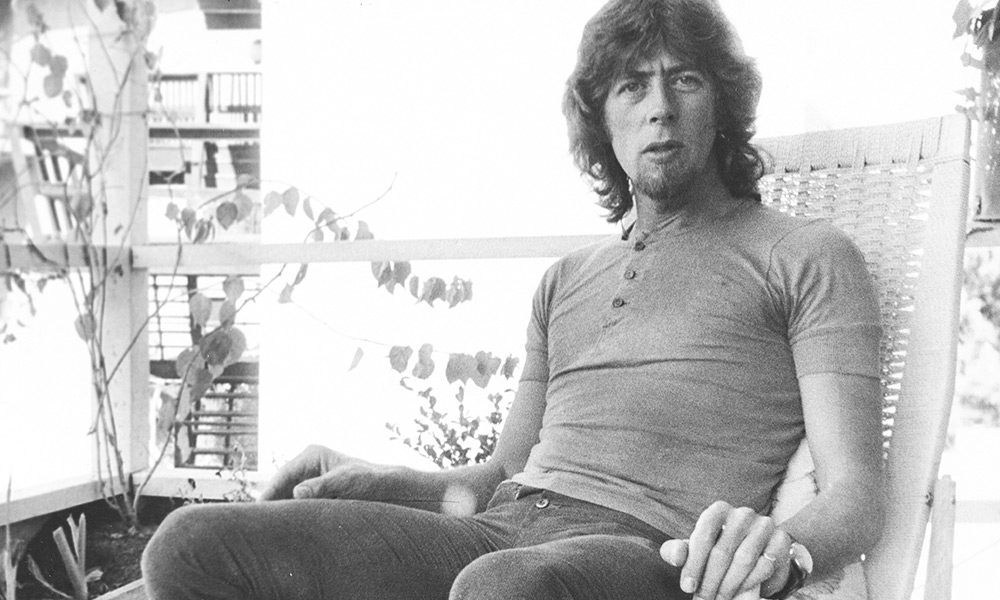
A cliche it may be, but John Mayall’s band really has been an academy for the Blues. The alumni of the various manifestations of his bands, from the Bluesbreakers through the less well known, but no less accomplished, 1970s groups, show that his musical collectives were better than almost any other group, on either side of the Atlantic. It’s a sad fact, that too many people that are ironically drawn to his illustrious alumni, overlook John Mayall. He, more than any other white musician, is due enormous credit for advancing the cause. He’s been called ‘The Godfather of The Blues’… you better believe it.
“If you’re a bandleader, your main focus is to play your own music” John Mayall.
John Mayall was a late starter when it came to first finding success as a musician. He was 30 years old in 1963 when he formed the first incarnation of his ubiquitous Bluesbreakers. He was introduced to Decca staff producer, Mike Vernon, who persuaded the label to sign the band. The Bluesbreakers’ first single, ‘Crawling up the Hill’, coupled with ‘Mr. James’, was released in May 1964 it was not a hit. He later recorded an album John Mayall Plays John Mayall live at Klooks Kleek in London but it too failed to sell in large numbers. It did, however, show the way that things were heading.
Eric Clapton left the Yardbirds to join Mayall in October 1965 and early the following year, they cut the brilliant album Bluesbreakers with Eric Clapton. Whilst it proved to be a breakthrough for both men, it was not long before Clapton left to be replaced by Peter Green, who along with John McVie playing bass, as he had done since the first album, recorded the brilliant A Hard Road. With Green then departing to form Fleetwood Mac, it was the opportunity that a young Mick Taylor needed and he appears on Crusade in 1967, Bare Wires and Blues from Laurel Canyon in 1968 before he too left to join the Rolling Stones.
John Mayall is a bandleader in the old fashioned sense of the word. To him, the individual players are less important than the sum of their parts and besides those, we have already mentioned, his band included Mick Fleetwood, Keef Hartley, Jon Hiseman (drums) and Dick Heckstall-Smith. By 1969 John Mark and Johnny Almond joined and recorded the album The Turning Point, which was innovative in that it included no drummer. It was a similar experiment for 1970s USA Union which included the brilliant violinist, Don ‘Sugarcane’ Harris and guitarist Harvey Mandell who later tried out for the Rolling Stones after Mick Taylor quit. Throughout the remainder of the 1970s, John Mayall was a great live draw and while his albums lacked the cutting edge of the first decade of the Bluesbreakers, they were never less than interesting.
Mayall’s personnel has tended to overshadow his own considerable abilities. Only an adequate singer, the multi-instrumentalist was adept in bringing out the best in his younger charges (Mayall himself was in his thirties by the time the Bluesbreakers began to make a name for themselves). Doing his best to provide a context in which they could play Chicago-style electric blues, Mayall was never complacent, writing most of his own material (which ranged from good to humdrum), revamping his lineup with unnerving regularity, and constantly experimenting within his basic blues format. Some of these experiments (with jazz-rock and an album on which he played all the instruments except drums) were forgettable; others, like his foray into acoustic music in the late ’60s, were quite successful. Mayall’s output has caught some flak from critics for paling next to the real African-American deal, but much of his vintage work — if weeded out selectively — is quite strong; especially his legendary 1966 LP with Eric Clapton, which both launched Clapton into stardom and kick-started the blues boom into full gear in England.
When Clapton joined the Bluesbreakers in 1965, Mayall had already been recording for a year and been performing professionally long before that. Originally based in Manchester, Mayall moved to London in 1963 on the advice of British blues godfather Alexis Korner, who thought a living could be made playing the blues in the bigger city. Tracing a path through his various lineups of the ’60s is a daunting task. At least 15 different editions of the Bluesbreakers were in existence from January 1963 through mid-1970. Some notable musicians (like guitarist Davy Graham, Mick Fleetwood, and Jack Bruce) passed through for little more than a cup of coffee; Mayall’s longest-running employee, bassist John McVie, lasted about four years. the Bluesbreakers, like Fairport Convention or the Fall, was more a concept than an ongoing core. Mayall, too, had the reputation of being a difficult and demanding employer, willing to give musicians their walking papers as his music evolved, although he also imparted invaluable schooling to them while the associations lasted.
Mayall recorded his debut single in early 1964; he made his first album, a live affair, near the end of the year. At this point, the Bluesbreakers had a more pronounced R&B influence than would be exhibited on their most famous recordings, somewhat in the mould of younger combos like the Animals and Rolling Stones, but the Bluesbreakers would take a turn for the purer with the recruitment of Eric Clapton in the spring of 1965. Clapton had left the Yardbirds in order to play straight blues, and the Bluesbreakers allowed him that freedom (or stuck to well-defined restrictions, depending upon your viewpoint). Clapton began to inspire reverent acclaim as one of Britain’s top virtuosos, as reflected in the famous “Clapton is God” graffiti that appeared in London in the mid-’60s.
In professional terms, though, 1965 wasn’t the best of times for the group, which had been dropped by Decca. Clapton even left the group for a few months for an odd trip to Greece, leaving Mayall to straggle on with various fill-ins, including Peter Green. Clapton did return in late 1965, around the time an excellent blues-rock single, “I’m Your Witchdoctor” (with searing sustain-laden guitar riffs), was issued on Immediate. By early 1966, the band was back on Decca and recorded its landmark Bluesbreakers LP. This was the album that, with its clean, loud, authoritative licks, firmly established Clapton as a guitar hero, on both reverent covers of tunes by the likes of Otis Rush and Freddie King and decent originals by Mayall himself. The record was also an unexpected commercial success, making the Top Ten in Britain. From that point on, in fact, Mayall became one of the first rock musicians to depend primarily upon the LP market; he recorded plenty of singles throughout the ’60s, but none of them came close to becoming a hit.
Clapton left the Bluesbreakers in mid-1966 to form Cream with Jack Bruce, who had played with Mayall briefly in late 1965. Mayall turned quickly to Peter Green, who managed the difficult feat of stepping into Clapton’s shoes and gaining respect as a player of roughly equal imagination and virtuosity, although his style was quite distinctly his own. Green recorded one LP with Mayall, A Hard Road, and several singles, sometimes writing material and taking some respectable lead vocals. Green’s talents, like those of Clapton, were too large to be confined by sideman status, and in mid-1967 he left to form a successful band of his own, Fleetwood Mac.
Mayall then enlisted 19-year-old Mick Taylor; remarkably, despite the consecutive departures of two-star guitarists, Mayall maintained a high level of popularity. The late ’60s were also a time of considerable experimentation for the Bluesbreakers, which moved into a form of blues-jazz-rock fusion with the addition of a horn section, and then a retreat into mellower, acoustic-oriented music. Mick Taylor, the last of the famous triumvirate of Mayall-bred guitar heroes, left in mid-1969 to join the Rolling Stones. Yet in a way Mayall was thriving more than ever, as the U.S. market, which had been barely aware of him in the Clapton era, was beginning to open up for his music. In fact, at the end of the 1960s, Mayall moved to Los Angeles. Released in 1969, The Turning Point, a live, all-acoustic affair, was a commercial and artistic high point.
In America at least, Mayall continued to be pretty popular in the early ’70s. His band was no more stable than ever; at various points, some American musicians flitted in and out of the Bluesbreakers, including Harvey Mandel, Canned Heat bassist Larry Taylor, and Don “Sugarcane” Harris. Although he’s released numerous albums since and remained a prodigiously busy and reasonably popular live act, his post-1970 output generally hasn’t matched the quality of his ’60s work. Following collaborations with an unholy number of guest celebrities, in the early ’80s, he re-teamed with a couple of his more renowned vets, John McVie and Mick Taylor, for a tour, which was chronicled by Great American Music’s Blues Express, released in 2010. It’s the ’60s albums that you want, though there’s little doubt that Mayall has over the past decades done a great deal to popularize the blues all over the globe, whether or not the music has meant much on record.

